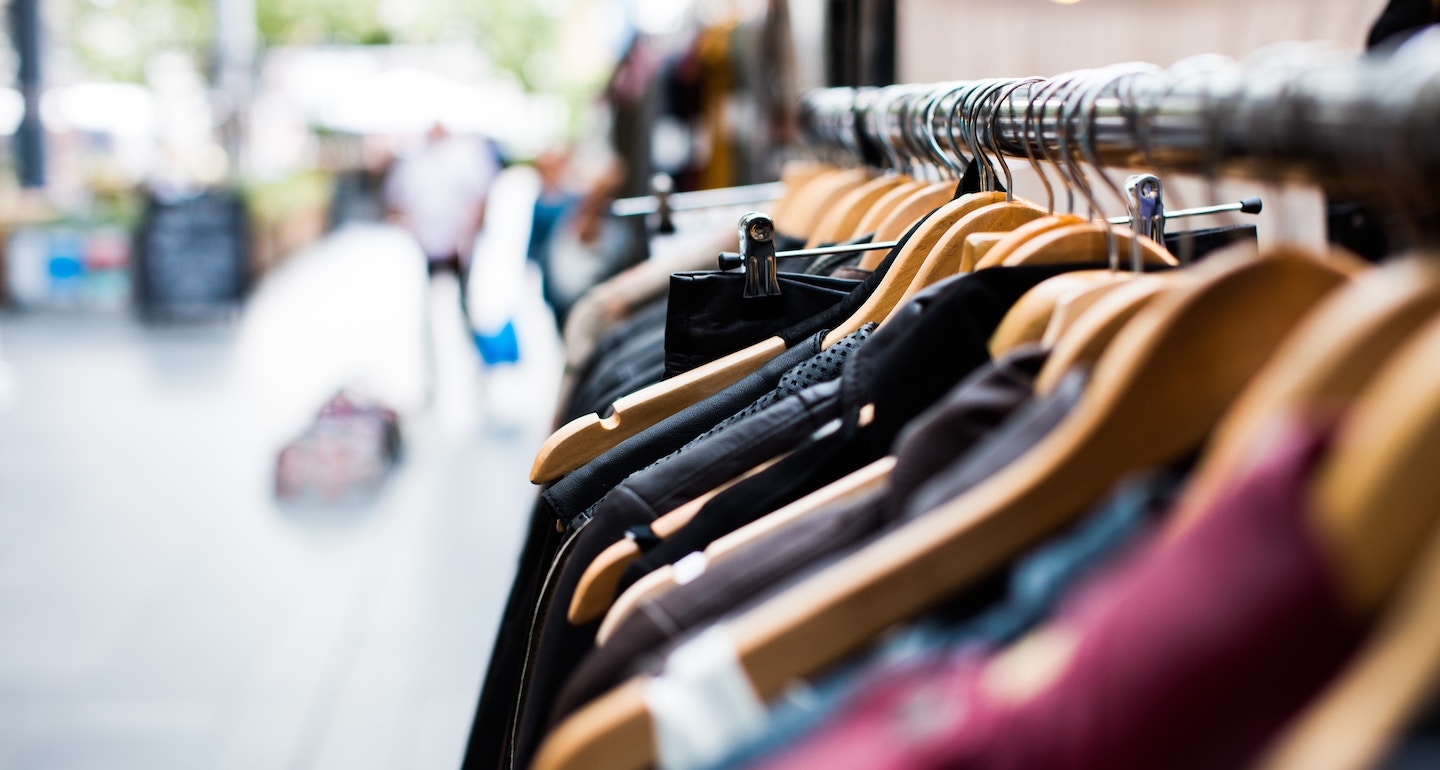How to Energize the Standard Retail Business Model

Many of the headlines we all read have a common thread – one that won’t shock followers of the retail industry. To put it bluntly: the standard retail business model is no longer working.
Customers are looking for something more than what the conventional retail model offers. They’re tired of not being able to find what they want, when they want it. They want a true omnichannel experience, with an endless aisle that offers everything they might want to buy in one place. But they want this experience from the brands that they know and trust.
For incumbent retailers, it’s not exactly an easy thing to provide. What’s exciting to me is how retailers are stepping up to the challenge. I spent 2 weeks last month in Israel, and was so inspired by the meetings that I had with some of the world’s biggest brand-name retailers. Companies from across the globe, including the U.K., U.S., France, and Hong Kong, had sent representatives to meet with startups and tech companies with digital solutions that would help them solve their challenges.
These retailers are turning to tech for much more than improving their quarterly results. They had traveled all the way across the globe to find tech solutions that would help them transform their business models – and they’re investing billions of dollars to do it. Retailers spent $6.8 billion installing Israeli tech alone in 2018, from companies like Dynamic Yield and Silverback.ai. Take it global, and according to Gartner projections, investments in retail tech will hit $203.6 billion in 2019.
It’s a growing trend across leading companies of all sizes: industry giants, small retailers, and everyone in between. The companies that want to take the lead are taking action to transform their business models in a new, digital-first economy.
The trend starts with the biggest retailers, like Target and Walmart – both of whom are doubling down on omnichannel tech innovations to create a more seamless purchasing experience for their customers. More curated fashion players like J.Crew, Urban Outfitters, and Afound (H&M Group) are getting in on it, too, creating online shopping experiences that bring their owned assortment and a select group of third-party sellers together under one roof. It’s evident in consumer electronics, home improvement, and grocery – with retailers spread across Europe, the Americas, and even Australia.
These retailers may represent different markets and industries, but they have something integral in common. They’re not afraid to test entirely new strategies that have the potential to upend the way they do business.
It might sound scary, but the most successful companies, across all industries, are the ones who embrace this way of thinking and aren’t afraid of self-cannibalization. Instead of doubling down on what’s made them successful in the past, the forward-looking incumbents in retail are looking ahead and proactively creating new opportunities for growth.
So what’s a retailer to do in the face of all of this change? It’s actually pretty simple. First – you need to recognize that you can’t wait any longer. Take a look at the hundreds of brands that are working with Mirakl alone, not to mention our technology partners.
Then, it’s time to get the conversation started with the people who matter in your organization. Without their buy-in, your job is going to be a lot harder.
And when you have some ideas, reach out. The retail tech ecosystem is ready to help you achieve your goals.



